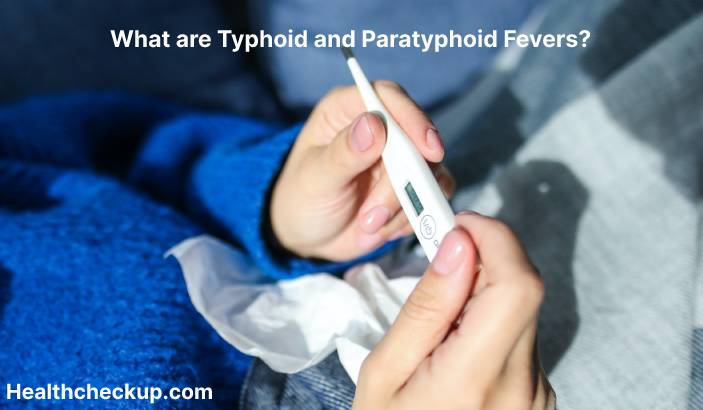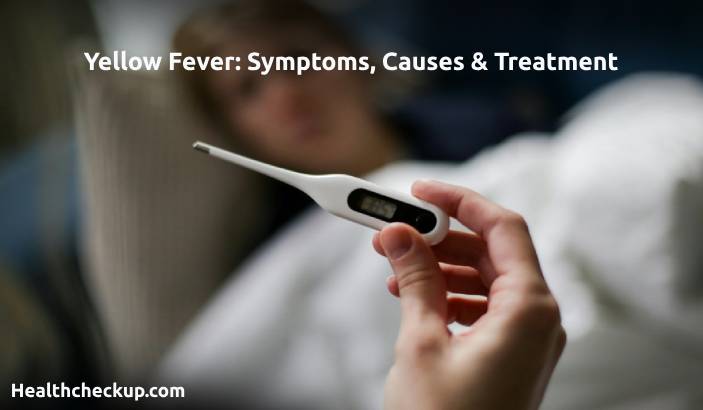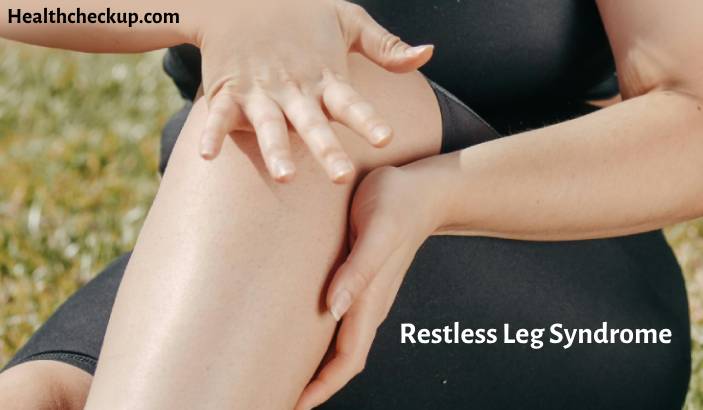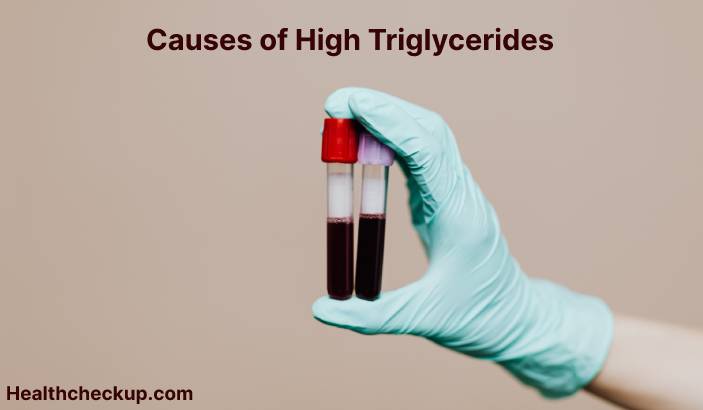Typhoid and paratyphoid fevers are bacterial infections that are transmitted through contaminated food or water. These infections are caused by the Salmonella typhi and Salmonella paratyphi bacteria, respectively. Typhoid and paratyphoid fevers are most common in developing countries, but they can occur anywhere in the world.
Symptoms of typhoid and paratyphoid fevers may include:
- Fever
- Weakness
- Headache
- Muscle aches
- Loss of appetite
- Abdominal pain
- Rash
Typhoid and paratyphoid fevers can lead to serious complications, such as pneumonia, sepsis, and organ damage. These infections are fatal in about 5-10% of cases.
Diagnosis of typhoid and paratyphoid fevers is typically based on the presence of symptoms and a history of exposure to contaminated food or water. It may also involve laboratory tests to confirm the presence of the bacteria that cause these infections.
Treatment of typhoid and paratyphoid fevers typically involves antibiotics to kill the bacteria. It is important to complete the full course of treatment as prescribed to ensure that the infection is fully eradicated. In severe cases, hospitalization may be necessary to provide supportive care, such as oxygen therapy and fluids.
Typhoid and paratyphoid fevers can be prevented through the use of proper hygiene practices, such as washing hands and cooking food thoroughly. It is also important to drink only treated or bottled water when traveling in areas where these infections are common. If you are experiencing symptoms of typhoid or paratyphoid fever or have been exposed to contaminated food or water, it is important to seek medical attention as soon as possible. Follow the recommendations of your healthcare provider to help protect yourself and others from these infections.








